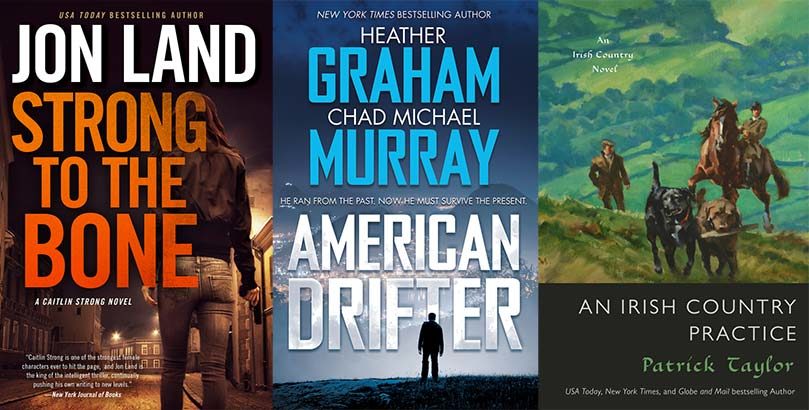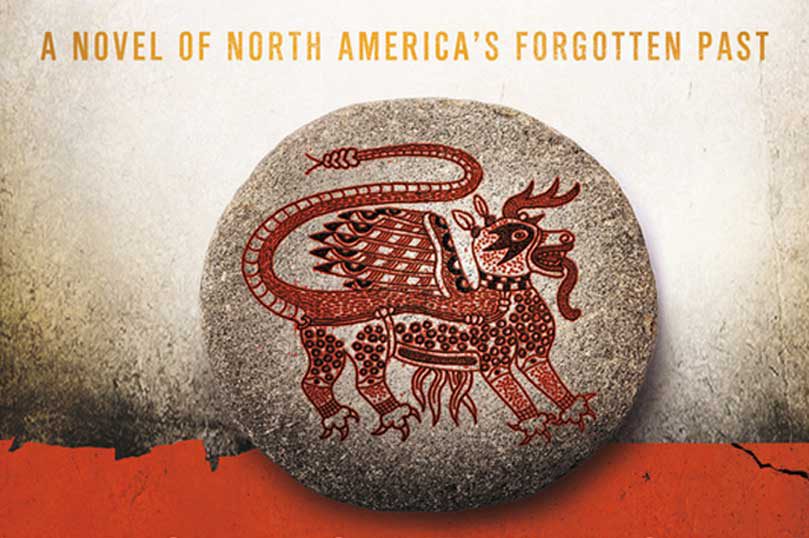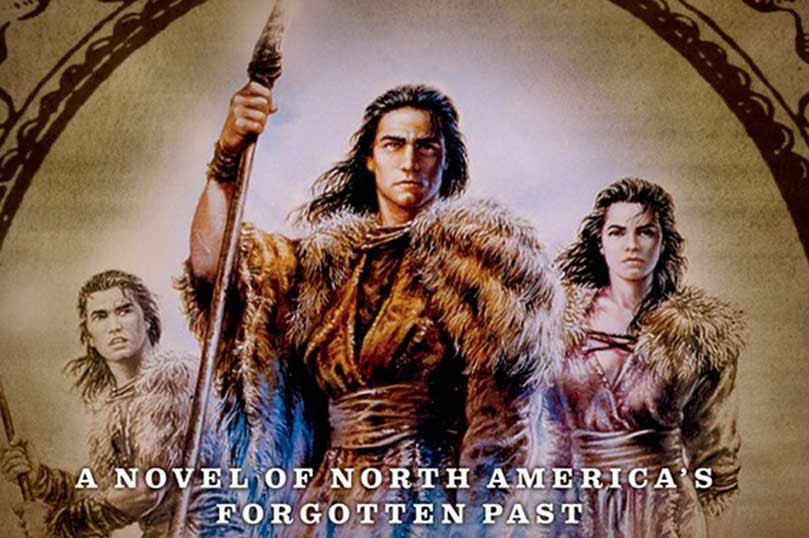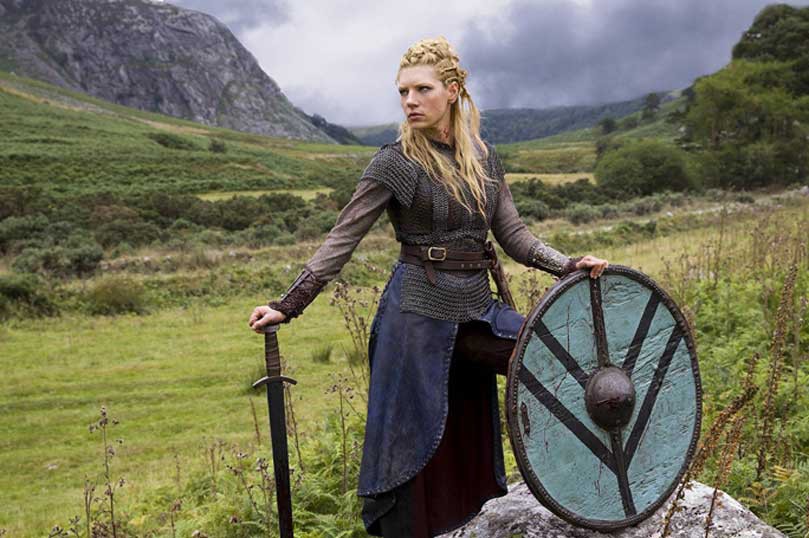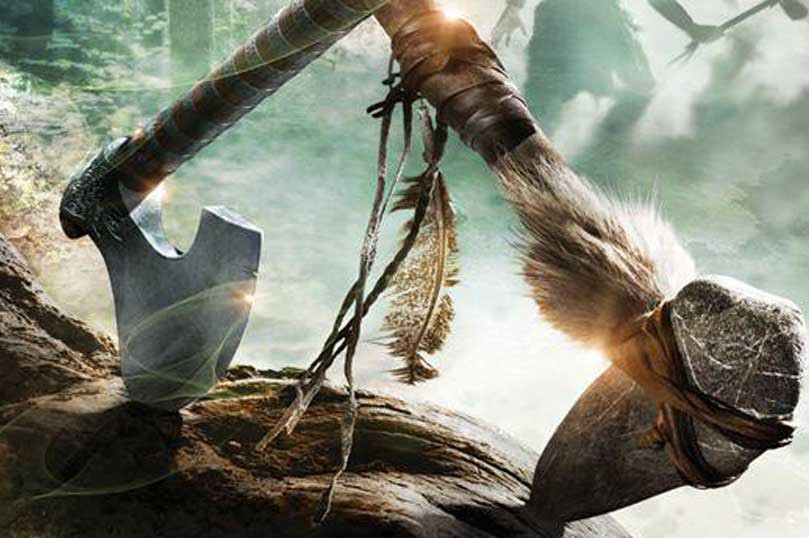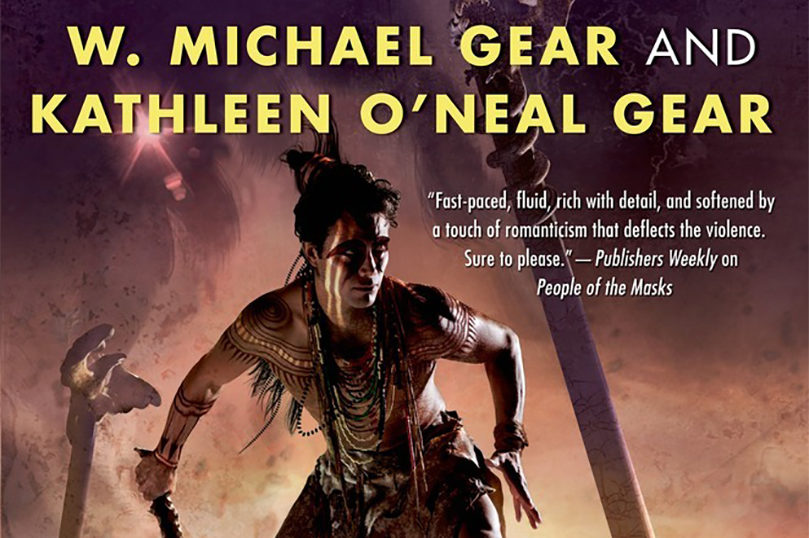
$2.99 eBook Sale: People of the Morning Star by W. Michael Gear & Kathleen O’Neal Gear
The ebook edition of People of the Morning Star by W. Michael and Kathleen O’Neal, the beginning of the story of a great and forgotten American civilization, is on sale now for only $2.99!

